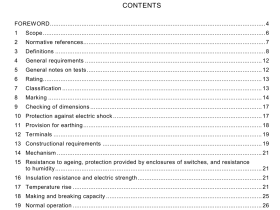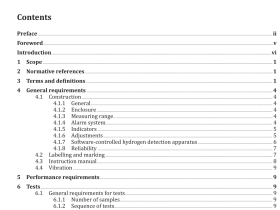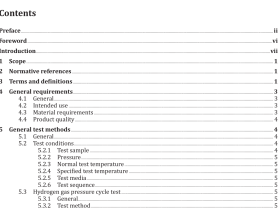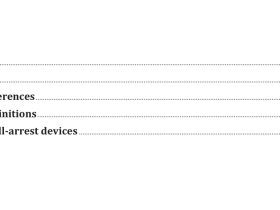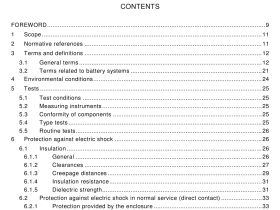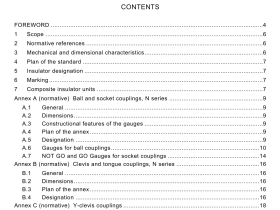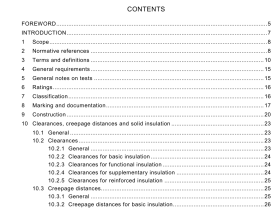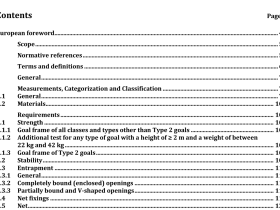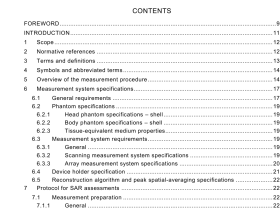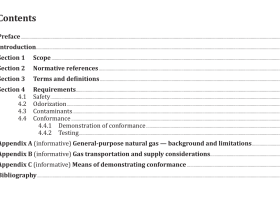AS 61109 pdf download
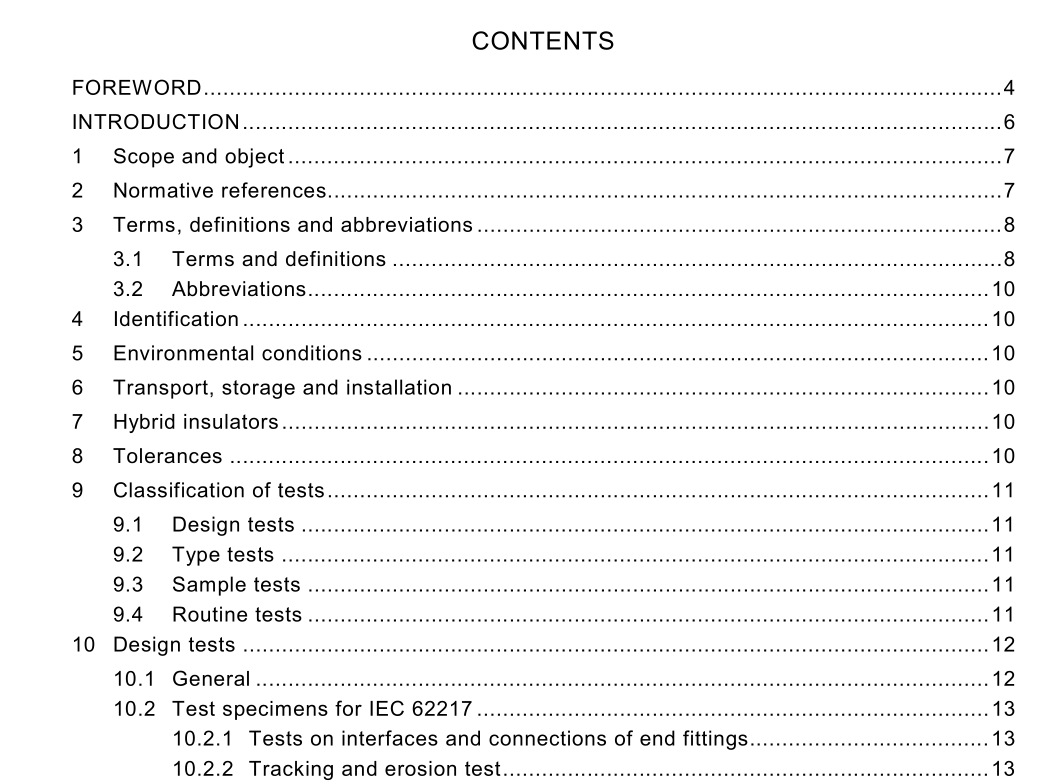
AS 61109 pdf download.Insulators for overhead lines — Composite suspension and tension insulators for a.c. systems with a nominal voltage greater than 1 000 V
1 Scope and object
This International Standard applies to composite suspension/tension insulators consisting of a load-bearing cylindrical insulating solid core consisting of fibres – usually glass – in a resin- based matrix, a housing (outside the insulating core) made of polymeric material and end fittings permanently attached to the insulating core. Composite insulators covered by this standard are intended for use as suspension/tension line insulators, but it should be noted that these insulators can occasionally be subjected to compression or bending, for example when used as phase-spacers. This standard can be applied in part to hybrid composite insulators where the core is made of a homogeneous material (porcelain, resin), see Clause 8. The object of this standard is to – define the terms used, – prescribe test methods, – prescribe acceptance criteria. This standard does not include requirements dealing with the choice of insulators for specific operating conditions.
3 Terms, definitions and abbreviations
For the purposes of this document, the following terms, definitions and abbreviations apply. NOTE? Certain terms from IEC 6221 7 are reproduced here for ease of reference. Additional definitions applicable to insulators can be found in IEC 60050-471 [6]. 3.1 Terms and definitions 3.1 .1 polymeric insulator insulator whose insulating body consists of at least one organic based material NOTE? Polymeric insulators are also known as non-ceramic insulators. NOTE 2 Coupling devices may be attached to the ends of the insulating body. [IEV 471 -01 -1 3] 3.1 .2 composite insulator insulator made of at least two insulating parts, namely a core and a housing equipped with metal fittings NOTE Composite insulators, for example, can consist either of individual sheds mounted on the core, with or without an intermediate sheath, or alternatively, of a housing directly moulded or cast in one or several pieces on to the core. [IEV 471 -01 -02] 3.1 .3 core of a composite insulator internal insulating part of a composite insulator which is designed to ensure the mechanical characteristics NOTE? The core usually consists of either fibres (e.g. glass) which are positioned in a resin-based matrix or a homogeneous insulating material (e.g. porcelain or resin). [IEV 471 -01 -03, modified] 3.1 .4 insulator trunk central insulating part of an insulator from which the sheds project NOTE Also known as shank on smaller insulators. [IEV 471 -01 -1 1 ] 3.1 .5 housing external insulating part of a composite insulator providing the necessary creepage distance and protecting core from the environment NOTE An intermediate sheath made of insulating material may be part of the housing. [IEV 471 -01 -09]3.1 .6 shed of an insulator insulating part, projecting from the insulator trunk, intended to increase the creepage distance. NOTE The shed can be with or without ribs [IEV 471 -01 -1 5] 3.1 .7 interfaces surface between the different materials NOTE? Various interfaces occur in most composite insulators, e.g. – between housing and fixing devices, – between various parts of the housing, e.g. between sheds, or between sheath and sheds, – between core and housing [Definition 3.1 0 of IEC 6221 7] 3.1 .8 end fitting integral component or formed part of an insulator intended to connect it to a supporting structure, or to a conductor, or to an item of equipment, or to another insulator NOTE Where the end fitting is metallic, the term “metal fitting” is normally used. [IEV 471 -01 -06] 3.1 .9 connection zone zone where the mechanical load is transmitted between the insulating body and the end fitting [Definition 3.1 2 of IEC 6221 7] 3.1 .10 coupling part of the end fitting which transmits the load to the accessories external to the insulator [Definition 3.1 3 of IEC 6221 7, modified] 3.1 .11 specified mechanical load SML load, specified by the manufacturer, which is used for mechanical tests in this standard 3.1 .12 routine test load RTL load applied to all assembled composite insulators during a routine mechanical test 3.1 .13 failing load maximum load that is reached when the insulator is tested under the prescribed condition
